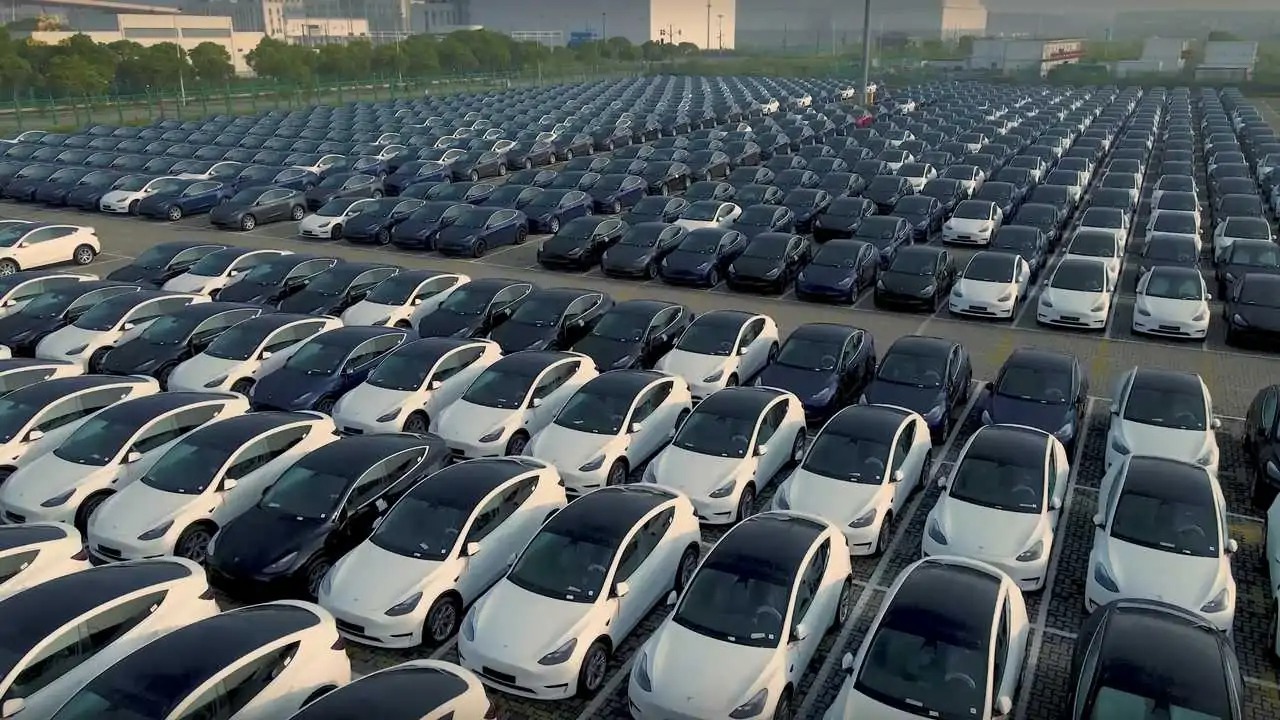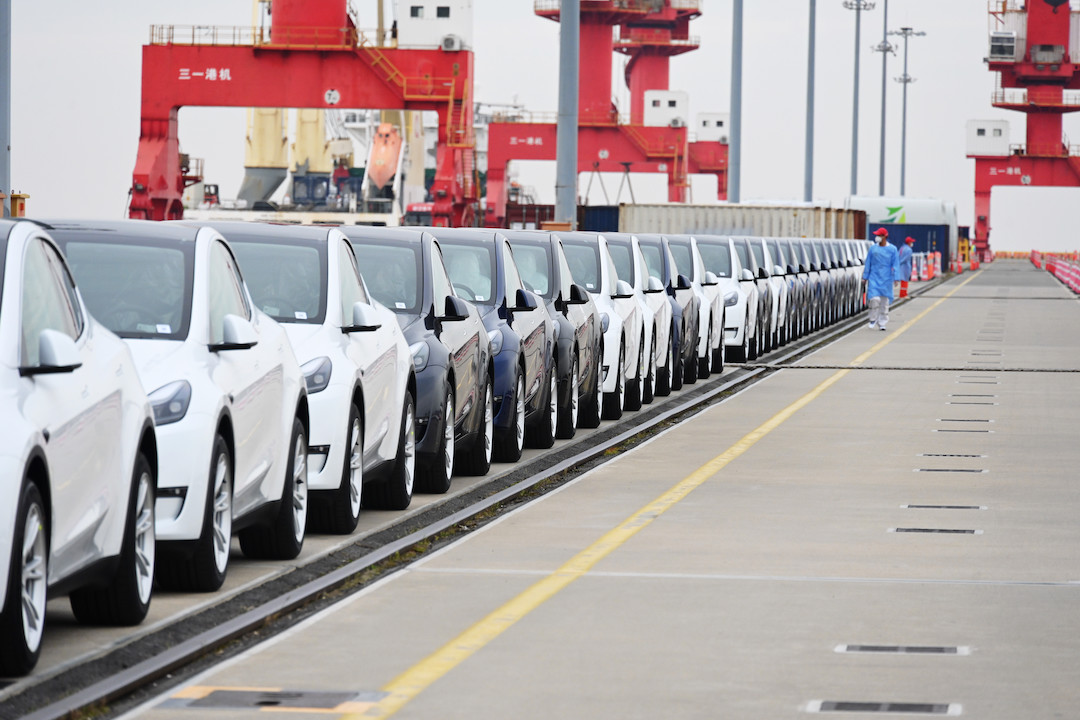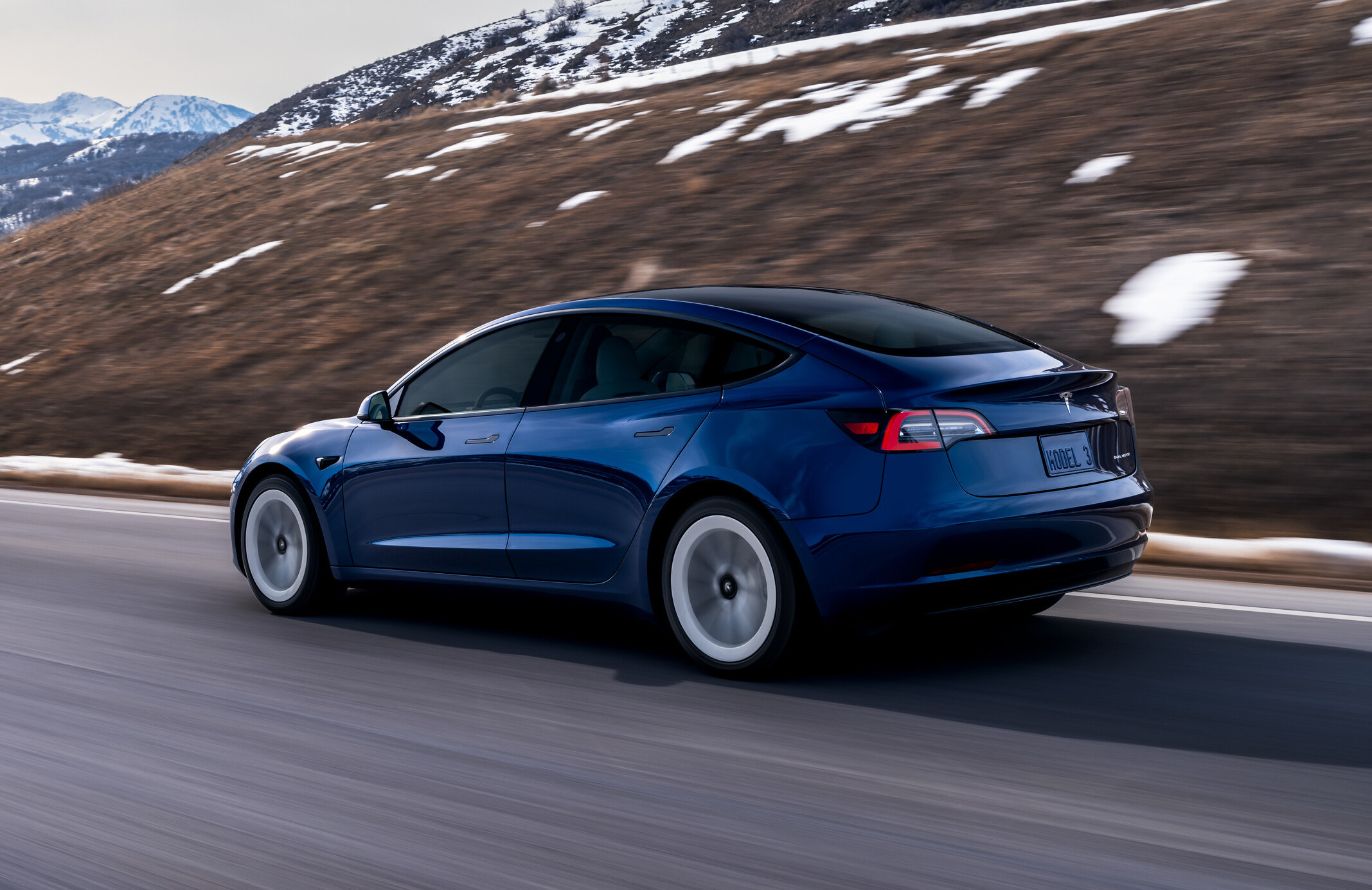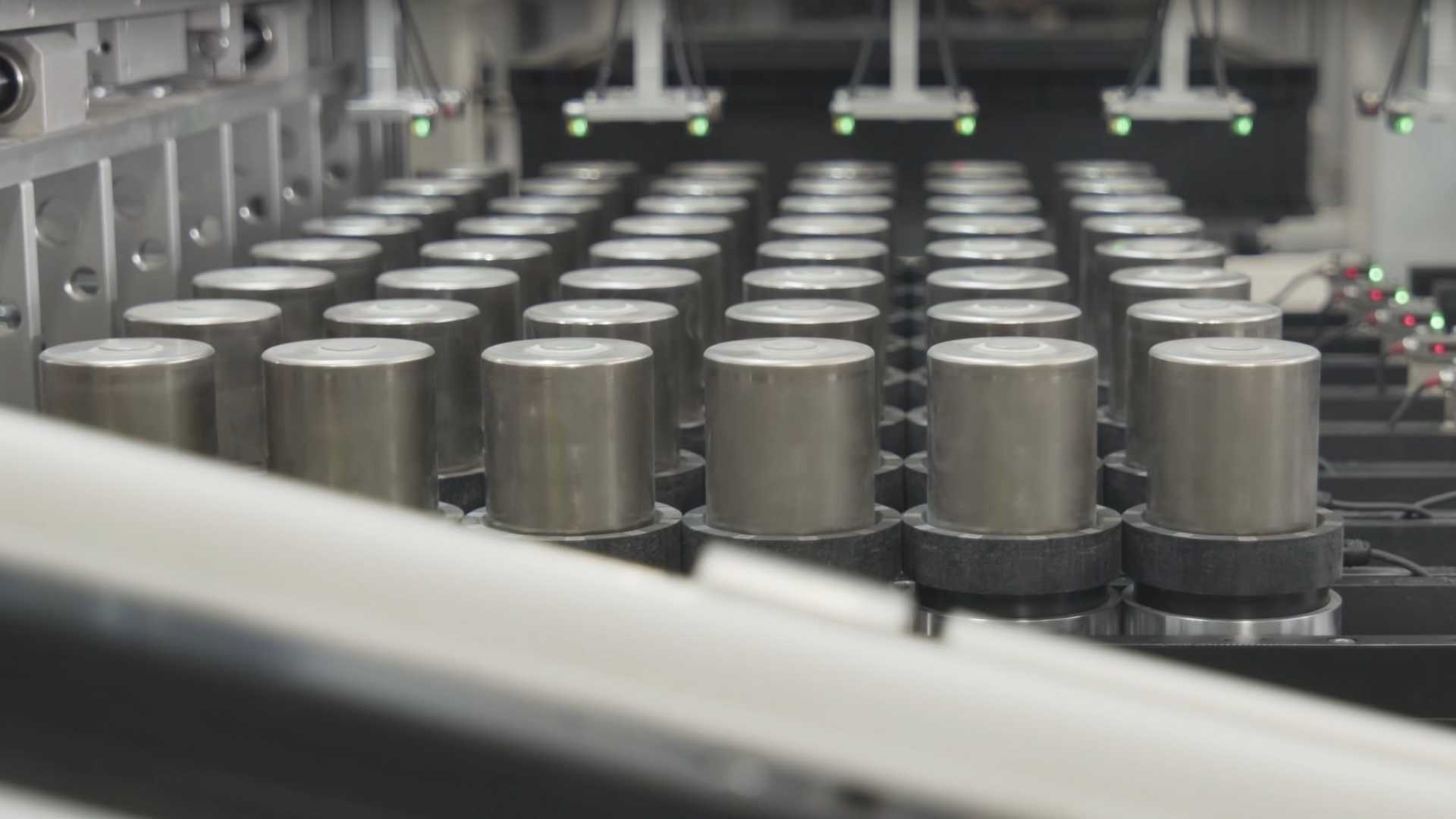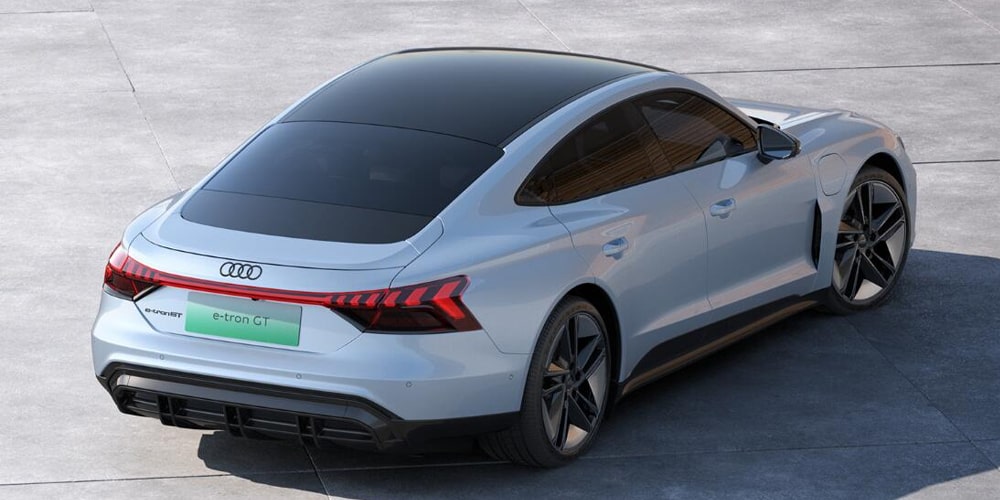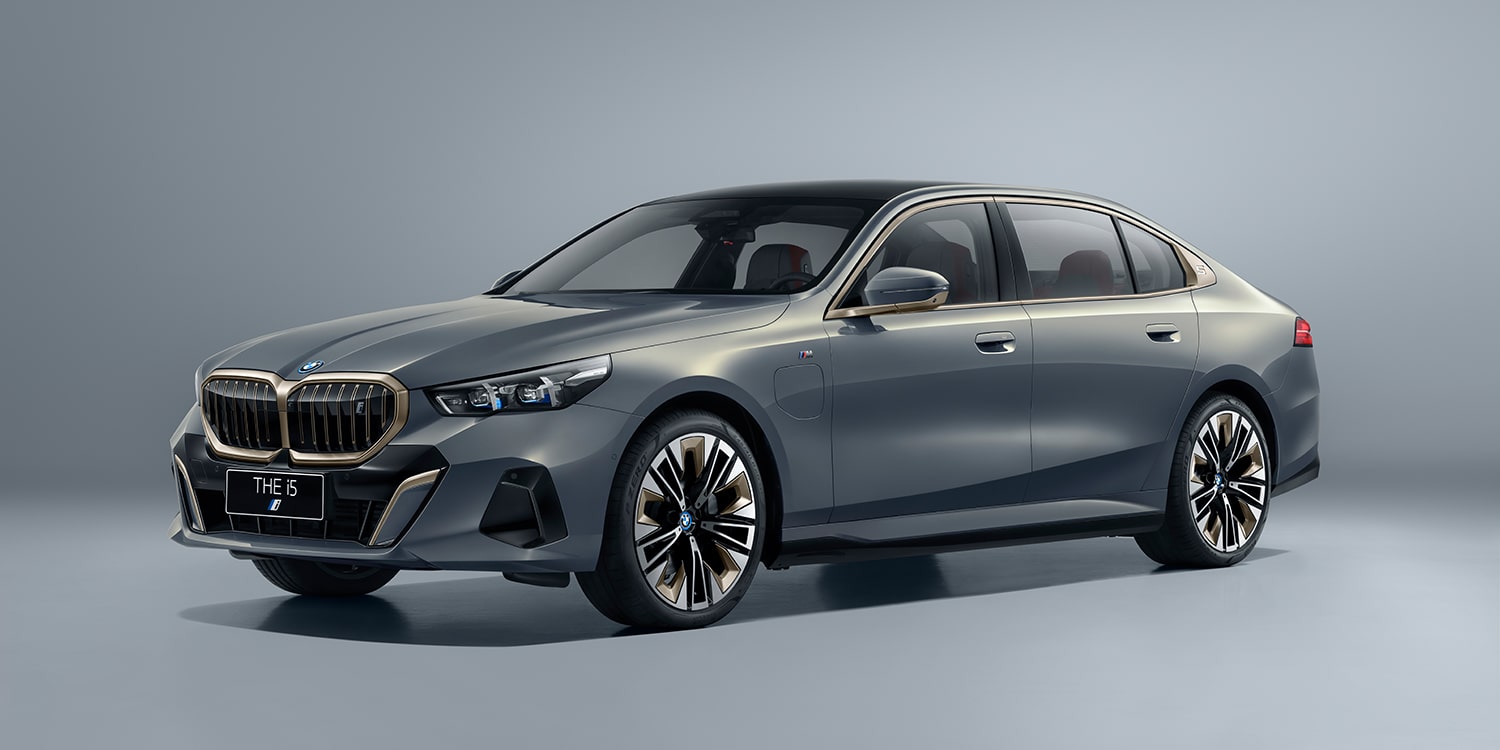The Chinese government has recently released a comprehensive policy paper aimed at bolstering car sales in the country, with a particular focus on New Energy Vehicles (NEVs) like electric cars and plug-in hybrids. The policy outlines a range of measures, not only centered on financial incentives but also emphasizing the development of supporting infrastructure.
The strategy paper, which is a joint effort signed by 13 ministries, including the National Development and Reform Commission (NDRC), the Ministry of Industry and Information Technology, and the Ministry of Finance, lays out a clear direction for the automotive sector.
See also: China’s New Energy Vehicle Ownership Reaches 16.2 Million, Accounting for 4.9% of Total Vehicles
One of the key goals is to expedite the phase-out of internal combustion vehicles while actively supporting the sales of electric cars and plug-in hybrids through a series of initiatives. It’s important to note that electric cars, in this context, encompass both battery-electric cars and fuel cell vehicles, although the latter play a relatively minor role in the current passenger car sales figures in China.
Among the notable measures outlined in the policy paper is an extension of the purchase tax exemption for New Energy Vehicles. Furthermore, the government intends to accelerate the construction of charging infrastructure, particularly in rural areas, to facilitate the charging of electric vehicles. To promote greater convenience for NEV users, the establishment of battery exchange stations will also be encouraged, with a focus on improving their compatibility. Operators of charging and battery exchange stations will be incentivized to gradually reduce prices, making electric mobility more accessible and attractive.
The government is also urging the public sector and local governments to lead by example in adopting New Energy Vehicles, with an aim to increase the number of NEVs procured by these entities.
Although the policy paper provides a general outline of the measures, it lacks specific figures, making it challenging to gauge the exact extent of its ambitions. However, given that the central government sees car sales as a driver of economic growth and an avenue to recover from the impact of the Covid pandemic, the implementation of the guidelines is expected to align with these objectives. Unlike previous instances where the Chinese government supported individual companies or sectors, this time, the focus is on bolstering the entire economy through NEV sales.
Notably, the first half of 2023 saw Chinese car sales rise by three percent, totaling 9.52 million vehicles. This growth was primarily driven by the surge in New Energy Vehicle sales, which recorded an impressive 37 percent increase compared to the same period the previous year. On the contrary, sales of traditional combustion vehicles experienced an eight percent decline.
Interestingly, the announcement of the policy measures had a mixed impact on the share prices of Chinese carmakers. According to Bloomberg, half of the top 20 companies’ stock prices rose, while the rest experienced a decline shortly after the midday trading break on Friday.
In the realm of battery-electric cars, a significant price war was ignited by Tesla in January, profoundly impacting the Chinese market. Following Tesla’s price reductions for the Model Y, other foreign and domestic manufacturers had no choice but to follow suit with their own price cuts. Surprisingly, this did not lead to the expected surge in sales; instead, it created consumer hesitancy, as potential buyers opted to wait for even better deals. Consequently, the price war has somewhat dampened the market sentiment, putting certain companies at a disadvantage due to their cost structures and potentially jeopardizing their existence.


